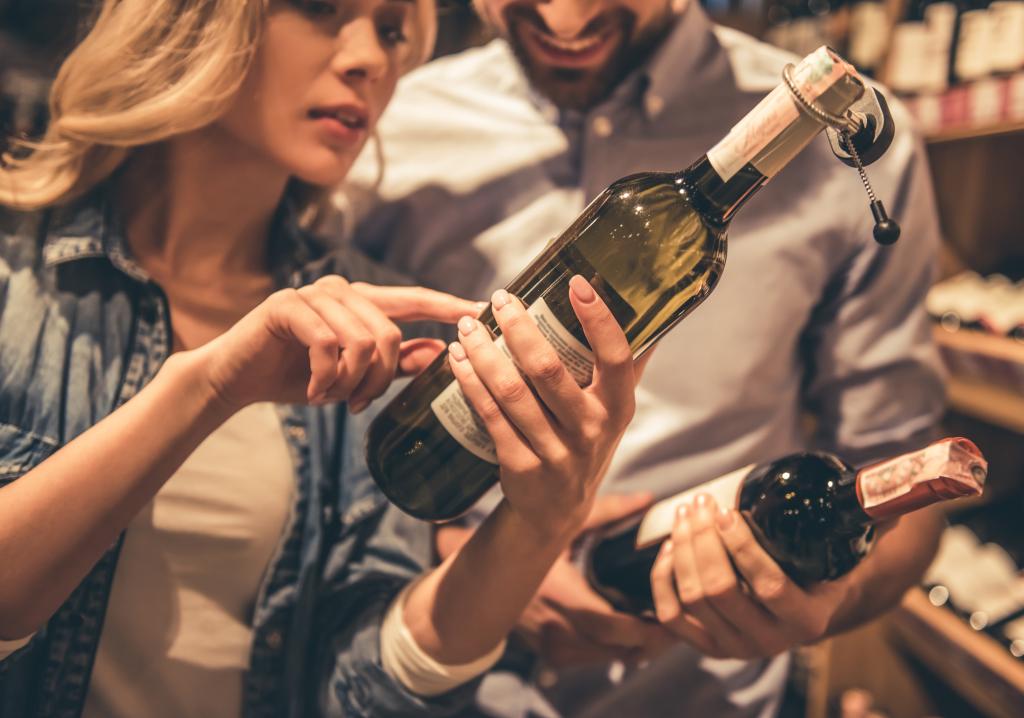
As of Tuesday 14 May 2024, the Advertising Standards Authority (ASA) have introduced new rules on the advertisement of alcohol alternatives. To ensure you are up to date with the latest requirements, we have summarised the changes you need to know about. These changes do not include broadcasting / TV – but there have been some specific revisions in that space.
What was the position before today?
Prior to this statement, ads for beverages with an ABV below 0.5% were not subject to the alcohol code rules but references to alcohol in such ads could be assessed under general social responsibility rules, or considered under the alcohol CAP Code rules if they included content which promoted alcoholic products.
The new rules and guidance apply to the promotion of beverages with an ABV at or below 0.5% which are marketed as alternatives to alcoholic drinks, such as non-alcoholic beer.
What are some of the key changes?
- Definition: Alcohol alternatives are non-alcoholic drinks with an ABV at or under 0.5%. They are intended to replace alcoholic drinks in contexts where they would normally be consumed (e.g., non-alcoholic beer).
- Applicability: Marketing communications or advertisements for non-alcoholic drinks will be subject to the rules if they are likely to be understood as specifically promoting an alternative to alcohol. If an ad for a drink at or below 0.5% ABV inadvertently promotes an alcoholic drink, the Alcohol rules apply in full.
- Depictions of Alcohol: If an alcohol alternative ad refers to or depicts alcohol, it must comply with rules related to responsible portrayal of alcohol consumption (CAP 18.18/).
- Shared Brand Name: If an alcohol alternative shares the same brand as an alcoholic drink, references to the brand name (without mentioning the alcohol alternative) are likely to be understood as references to alcohol. However, this rule doesn’t apply if the primary effect of the ad is to promote the alcohol alternative.
- ABV Statement: Marketing communications for alcohol alternatives must prominently state their ABV. These ads can also feature their ABV or make preference claims based on it (CAP 18.19).
- Depictions in Specific Circumstances (CAP 18.20):
- Marketing communications for alcohol alternatives can depict the product in scenarios where alcoholic drinks would be inappropriate or unsafe (e.g., prior to driving or daring physical activities).
- However, these ads must not encourage or condone alcohol consumption in the same circumstances or imply that the product is alcoholic.
- Resemblance to an alcoholic drink is acceptable as long as the ad explicitly clarifies that the featured product is an alcohol alternative.
- Problem Alcohol Consumption (CAP 18.21):
- Ads for alcohol alternatives must not contain content that disparages sobriety or encourages heavy, problematic, or higher-risk alcohol consumption.
- They should not present alcohol alternatives as a way to increase alcohol consumption beyond responsible levels.
- Appealing to Under-18s (CAP 18.22):
- Marketing communications for alcohol alternatives should not appeal particularly to people under 18, especially by reflecting youth culture.
- They should avoid featuring characters likely to encourage young people to drink alcohol or alcohol alternatives.
- Targeting Under-18s (CAP 18.23):
- Ads for alcohol alternatives must not be directed at people under 18 through media selection or context.
- No medium should be used to advertise alcohol alternatives if more than 25% of its audience is under 18 years old.
- Age Representation: People shown drinking or playing a significant role in these ads must neither be nor seem to be under 25. While people under 25 can appear in marketing communications (e.g., family celebrations), they must be obviously not drinking.
Why is this important?
If you are a producer and seller of alcoholic products, it is likely that you will (and already do) promote and sell alcohol alternatives. As such, the introduction of the new rules may require you to change the way you currently advertise these alcohol alternatives to comply with the stricter guidelines.
If current advertising of the alcohol alternatives fails to comply with the new rules, you may be penalised by the ASA, which could result in:
- Pre-approval of your future Ad content by a regulatory body,
- Damage to your reputation (including backlash on social media and public shaming),
- Disqualification from industry awards,
- Removal of content and deletion of your account, and
- Paid-search ads highlighting your name and non-compliance.
What can be done now?
If the above applies to you, ensure that all advertising outlets (now and in future) that fall under the alcohol alternatives definition comply with the new rules set out above. This also extends to use of influencers to promote your alcohol alternative products.
As specialists in the Food and Drink sector and marketing and advertisements, Stephen Scown can undertake a review of your advertising processes and provide you with bespoke guidance to ensure compliance with the advertising regulations (including the CMA and CAP code).
If you would like some more information, or if you require our support in relation to advertising standards, please contact Amy Ralston, Associate in our Intellectual Property team at ip@stephens-scown.co.uk.
